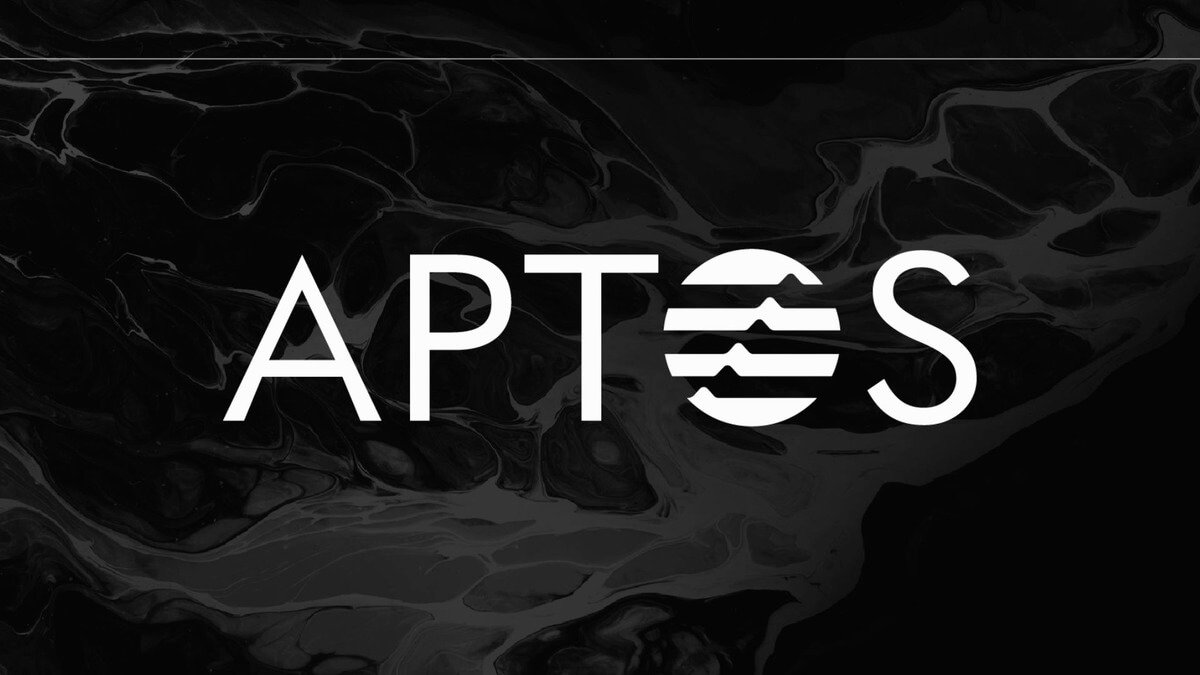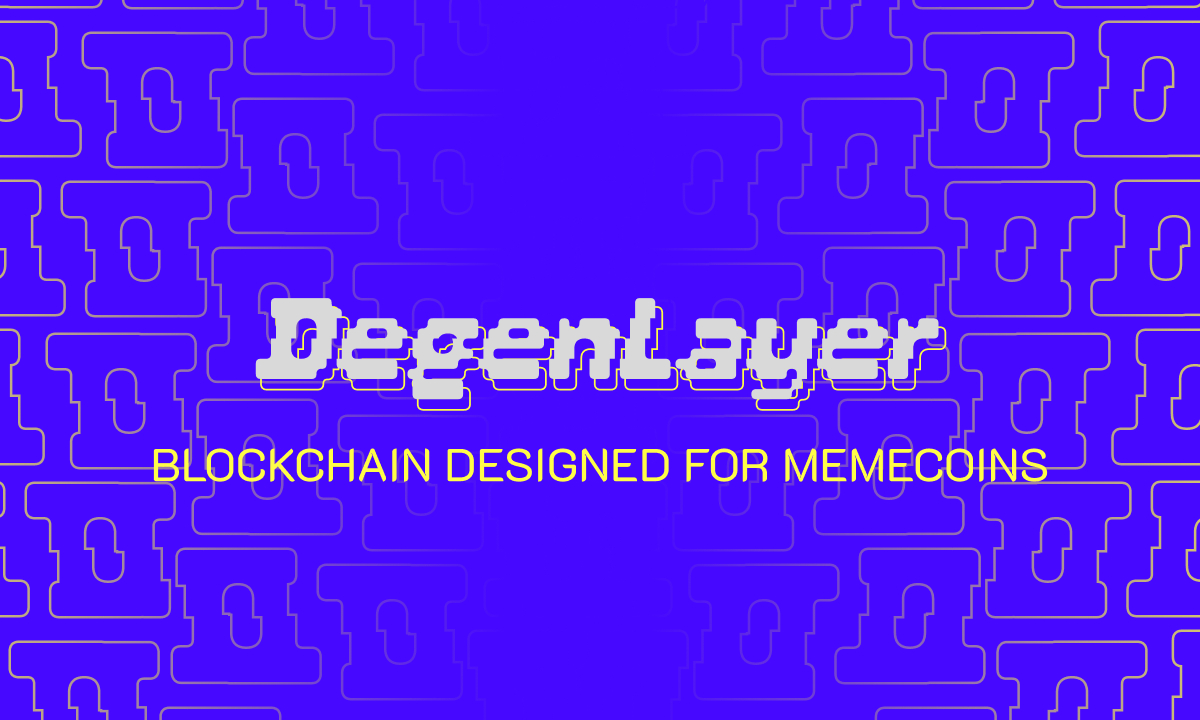Explore the role and capabilities of Avalanche Bridge in the crypto space

With the evolution of the cryptocurrency ecosystem, various blockchains have emerged. As usage has grown, users have had to trade digital assets across a variety of networks. Blockchain has changed the way we transact. This brought about decentralization and made everything more transparent, efficient and secure. However, the new technology had specific requirements, especially related to scalability and interoperability.
The existence of multiple blockchains creates a need for cross-chain solutions. Cross-chain bridges allow cryptocurrency users to use the same coins across multiple blockchains. This specific function wraps tokens before sending them to the destination wallet.
The Avalanche Bridge is one bridge that does this job perfectly. This open-source decentralized network is very similar to Ethereum. The former is written in Solidity language and supports distributed applications. It is EVM-compatible by design and lays the foundation for greater interoperability.
Avalanche also comes with many additional features. Over the years, many upgrades have been implemented to improve functionality. Therefore, cryptocurrency users should know about Avalanche-based products before investing in them.
Avalanche features and possibilities
Avalanche is a layer 1 blockchain and is designed to achieve high throughput. It also provides strong security and faster transactions in a decentralized network. The USP of this consensus protocol is Directed Acyclic Graph (DAG). Transactions are recorded in a pile-like manner and kept on top of each other.
Every transaction is linked to previous transactions, making the entire system faster. The algorithm processes transactions quickly while charging lower fees without creating new blocks. DAG has proven to be very efficient and fast. Avalanche deploys three separate chains: P-Chain, X-Chain, and C-Chain.
The chain provides a variety of features in the Avalanche ecosystem. C-Chain is compatible with MetaMask and becomes a hub for smart contracts. X-Chain is a transaction chain and facilitates fund transfers. On the other hand, P-Chain allows users to act as validators while staking AVAX tokens.
The Avalanche team created it to address the limitations of existing blockchain networks. They observed that although Bitcoin and Ethereum were innovative, they were not scalable for real-world use. To achieve efficiency, we often compromise on elements of decentralization. So they designed a blockchain that provides a scalable environment for dApps and custom blockchains to grow.
Since its launch, Avalanche has garnered attention from those working in decentralized finance. It has emerged as an ecosystem where digital assets, decentralized apps, and other programs can be easily created. In addition to promoting high functionality, it also made transactions faster and cheaper.
Adoption, Support and Upgrades
For this reason, many Ethereum applications have switched to Avalanche. Among them are Celer Network, GMX, Synapse, Trader Joe’s, Aave V3, and Stargate. According to Avalanche Explorer, the AVAX network has consolidated a tremendous amount of resources. The stake amount is 249,970,960 AVAX and there are 1300 validators.
The AVAX team launched the Avalanche-Ethereum Bridge (AEB) in early 2021. This allows you to seamlessly transfer Ethereum tokens to Avalanche and vice versa. AEB acts as a two-way token bridge and facilitates transfers of various ETH protocols. Before AEB, Ethereum launched a similar solution called WETH (wrapped ETH). WETH offered more scalability, but had limitations and challenges. There was still more work to be done in terms of speed and security. Then came the just-in-time Avalanche Bridge, which was 5x cheaper than packed ETH. The former deployed SGX Enclave technology to make operations safer and more efficient. Avalanche also continues to upgrade its technology to better serve its users.
In March 2022, Ava Labs announced that it would be launching an entirely new wallet. The team called it Core and said it would replace the Avalanche Bridge. In addition to providing the functionality of a regular wallet, Core also allows users to connect and exchange digital assets. Users can easily link their assets to other chains and even perform cross-chain swaps.
Avalanche Bridge charges a fee to cover network and operating costs. This applies to transactions taking place in AEB. The platform charges $3 to move Bitcoin or Ethereum to Avalanche. However, in the opposite case, the fees will be determined based on the expected Ethereum transaction fees. In most cases, the fee is around $20 in addition to the commission.
result
Interoperability and scalability have been the biggest issues in the blockchain space. Therefore, solutions like Avalanche Bridge have a wide scope. This can play a significant role in enhancing the growth and adoption of cryptocurrencies. Developers must continue to explore different networks and methods to achieve these outcomes. I hope there will be many similar solutions that will make blockchain mainstream.

Amanda Shinoy is one of the few women who is knee-deep in cryptocurrency. An advocate for increasing the presence of women in the cryptocurrency industry, she is known for her accurate technical analysis and price predictions for cryptocurrencies. Readers often await her comments on the next rally. She is a finance professional with an MBA in Finance. She left her job at a leading financial institution and now dedicates her time to financial education for the general public.
Source: https://www.thecoinrepublic.com/2024/01/01/exploring-avalanche-bridges-role-capability-in-crypto-space/



